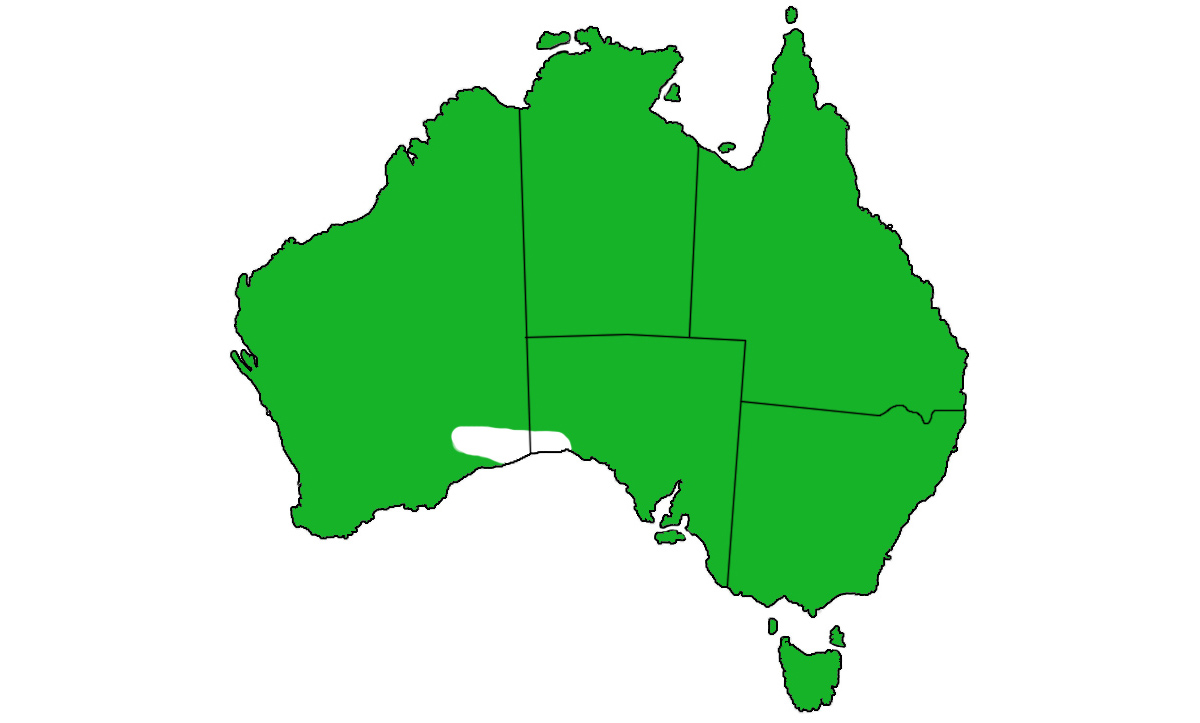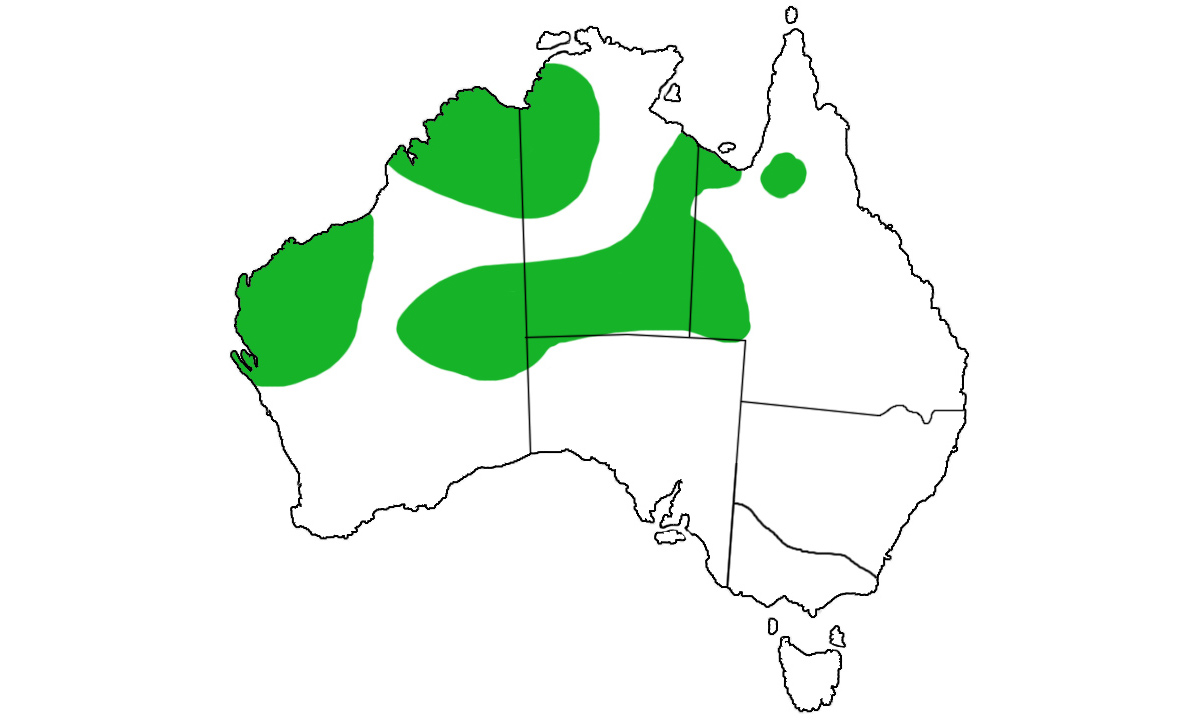Lorikeets are restricted in their distribution to southern regions of the South Pacific and Polynesia. Of the 55 known species of lorikeet, only 7 reside in Australia, The Australian species are believed to be relatively recent emigrants from New Guinea. Unique dietary adaptations, such as their bush-tipped tongues, help set lorikeets apart from all other parrots. Rainbow Lorikeet (Trichoglossus haematodus)

Strikingly vibrant plumage coupled with characteristic chattering and screeching make positive identification of the Rainbow Lorikeet easy.
They are frequent visitors to many suburban backyards, while their playful nature and ability to whistle make them popular household pets.
Nectar and pollen from the blossoms of native flowers such as eucalypts, melaleucas, grevilleas and banksias, are the lorikeet's natural diet. Their bills are relatively long and narrow, enabling them to penetrate flowers and fruit. Their legs are short, thereby increasing their agility when moving amongst thin twigs and branchlets in the tree-tops.
Most of the Rainbow Lorikeet's time is spent in the trees. Despite their vibrant plumage they camouflage quite well, their presence betrayed only by their noisy chattering and characteristic screeches.
Gregarious by nature, it is common to see large numbers of lorikeets congregating at a communal food source or roosting site. Currumbin Sanctuary, a well known tourist attraction on Queensland's Gold Coast, is internationally renowned for daily visits by large flocks of wild lorikeets. To the delight of many visitors, these colorful, noisy birds perch on heads, shoulders and arms as they are hand-fed a special nectar mix – definitely a fun, but often sticky experience!
Scaly-breasted Lorikeet (Trichoglossus chlorolepidotus)

'Greenies', as they are commonly called, are often seen amongst flocks of Rainbow Lorikeets. These two birds will hybridize to produce mottled-looking offspring.
Musk Lorikeet (Glossopsitta concinna)

Like other Lorikeets, nectar and pollen constitute the major part of their diet – the pollen providing the protein content. They feed predominantly from the canopy of tall flowering eucalypts.
Little Lorikeet (Glossopsitta pusilla)

Their name alludes to the fact that these are Australia's smallest lorikeet. Nectar, pollen, blosssoms and fruit are their favored diet, however they are not troublesome to orchardists as are some other lorikeet species.
A structural adaptation that assists the lorikeet's feeding and sets them apart from all other birds is the possession of a strong, muscular brush-tipped tongue. The bristles on the end, called papillae, are retractile. During feeding, they are extended to assist in their collection of nectar and pollen from flowers.
The bristles are delicate and will wear down if rough food is ingested. Lorikeets kept as pets must receive an appropriate diet. Soft fruit, dry lorikeet mix and fresh native flowers should comprise their diet.
Attract wild lorikeets to your garden!
Establish a grove of native, flowering trees such as eucalypts, melaleucas, bottlebrushes, and grevilleas.































